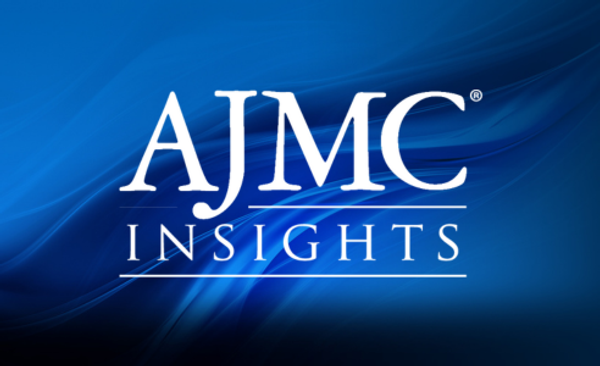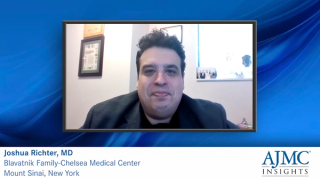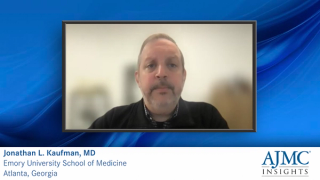
Multiple Myeloma
Latest News

Latest Videos

CME Content
More News

Investigators concluded that early palliative care may be needed for more patients with multiple myeloma (MM) as pain can manifest in different ways and severity levels depending on disease state, suggesting that a more individualized approach is critical for pain management.

A study showed that patients with multiple myeloma (MM) deal with physical, social, and emotional pain and that physicians did not fully comprehend the extent to which patients experienced pain, suggesting improved communication between parties is warranted.

Health care providers need to foster a greater push for physical activity as a part of survivorship care for patients with multiple myeloma (MM), investigators concluded after finding that only 25% of patients were active.

Access to digital health tools to improve patient outcomes and quality of life are lacking among patients with multiple myeloma (MM) who are elderly, at risk of relapse, or live in rural communities, suggesting more tools and guidelines are needed for these populations.

Two cancer-related micro-RNAs could serve as prognostic biomarkers for multiple myeloma bone disease as lower levels were associated with lower overall survival rates, investigators concluded.

Clinical, Economic Burden of Corneal Adverse Events in MM Is Low Compared With Total All-Cause Costs
Researchers concluded that incident corneal adverse events in patients with multiple myeloma (MM) carry a low clinical and economic burden compared with total all-cause costs and MM-related per-patient-per-month costs.

Early mortality rates for patients with multiple myeloma (MM) have significantly decreased over the last 20 years; however, more efforts are needed for older patients, who still experience high rates.

A large international real-world analysis revealed the extent to which the COVID-19 pandemic has impacted the global population of patients with multiple myeloma (MM) and the ability for providers to help patients manage the condition.

About half of all patients with multiple myeloma (MM) receiving corticosteroid-based chemotherapy were found to have adrenal insufficiency (AI), while identifying suspicious symptoms of AI may be a key component to its detection in this population.

Research presented at the 2021 American Society of Hematology Annual Meeting and Exposition highlights efforts in screening for multiple myeloma (MM).

Can daratumumab be taken safely as a maintenance therapy? Will quadruplet therapy become more common in the treatment of newly diagnosed multiple myeloma (NDMM)?
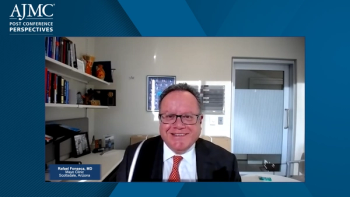
Looking toward the future management of patients with multiple myeloma, Rafael Fonseca, MD, shares excitement for novel therapeutic strategies.

Updated results from the GRIFFIN trial in newly diagnosed multiple myeloma, including consideration for frontline 4-drug regimens and depth of response.

Taking into account data from the ASH 2021 annual meeting, Rafael Fonseca, MD, reviews his current approaches to frontline therapy for patients with multiple myeloma.

Rafael Fonseca, MD, reviews data on rescue isatuximab from the ASH 2021 annual meeting and discusses use of best therapies up front.

Insight on the survival benefit seen with frontline daratumumab-based regimens in patients with transplant-ineligible multiple myeloma.

Expert perspective on results from the MASTER trial, which analyzed dara-KRd as frontline therapy with MRD-adapted use in newly diagnosed multiple myeloma.
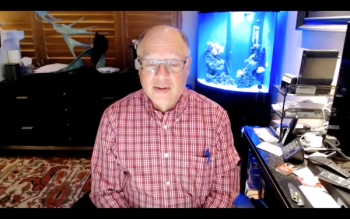
Robert Rifkin, MD, FACP, a medical oncologist and hematologist at Rocky Mountain Cancer Centers, outlines multiple myeloma research he hopes to see in the next 5 years.

For patients with multiple myeloma (MM) who are not eligible for transplant, should novel treatments be used right away? Or should clinicians save the best potential therapies for relapses, which are inevitable with this disease?

Robert Rifkin, MD, FACP, a medical oncologist and hematologist at Rocky Mountain Cancer Centers, discusses his research using real-world data from patients with triple-class refractory multiple myeloma.

Neutrophil to lymphocyte ratio may indicate the presence of frailty among older adults with multiple myeloma.

Robert Rifkin, MD, FACP, a medical oncologist and hematologist at Rocky Mountain Cancer Centers, outlines the importance of studying treatment resistant patients with multiple myeloma.

Rafael Fonseca, MD, shares his excitement for an upcoming AJMC Post-Conferences Perspectives video series covering the 2021 American Society of Hematology annual meeting.

Updated results of the MajesTEC -1 phase 1/2 study on teclistamab showed the treatment resulted in an overall response rate of 62% among heavily pretreated patients with multiple myeloma.

Robert Rifkin, MD, FACP, a medical oncologist and hematologist at Rocky Mountain Cancer Centers, describes his research on real-world treatment patterns among patients with triple-class refractory multiple myeloma.




